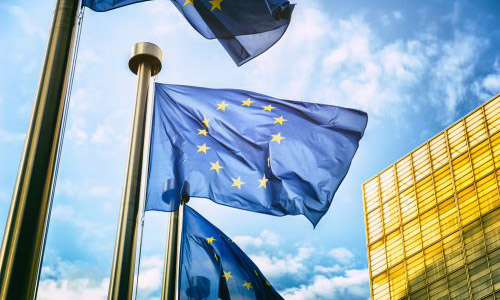Martin Sandbu, Financial Times
Competition policy in the EU is undergoing rapid change.
Earlier in December Margrethe Vestager, the competition commissioner, told the Financial Times she was looking at how to curb unfair competition from state-owned companies from outside the EU.
And in a recent speech she vowed to review and update how her agency delineates the markets where competitive pressures are measured. In that speech, she compared the task of defining markets to “charting a coastline. The shape is already there — our job is just to measure it as accurately as we can. And nothing we do will change the shape of that coastline itself.” But that is a stretch.
Through the terms of the trade agreements it concludes and by its regulation of the EU’s own single market, the European Commission certainly influences the size and shape of markets, even if perhaps its competition arm in a narrow sense takes the “coastlines” as given. Indeed, Ms Vestager herself will be shaping markets in her parallel role as commissioner for the digital economy.
Decisions she takes in her mission to make Europe “fit for the digital age” will have an impact on who the effective competitors are in digital and data-intensive sectors. That raises the question of whether there is a risk that the two parts of Ms Vestager’s portfolio could contradict each other.
Laurence Boone, the OECD’s chief economist, suggests it is logical to run digital and competition policy together. One reason is that “competition policy has to evolve because of digitisation”, she said.
The digital economy brings new challenges — OECD experts including Ms Boone have for example warned against “algorithmic collusion”. It also demands new tools for competition authorities that are designed for a digital world — for example, data portability requirements.

